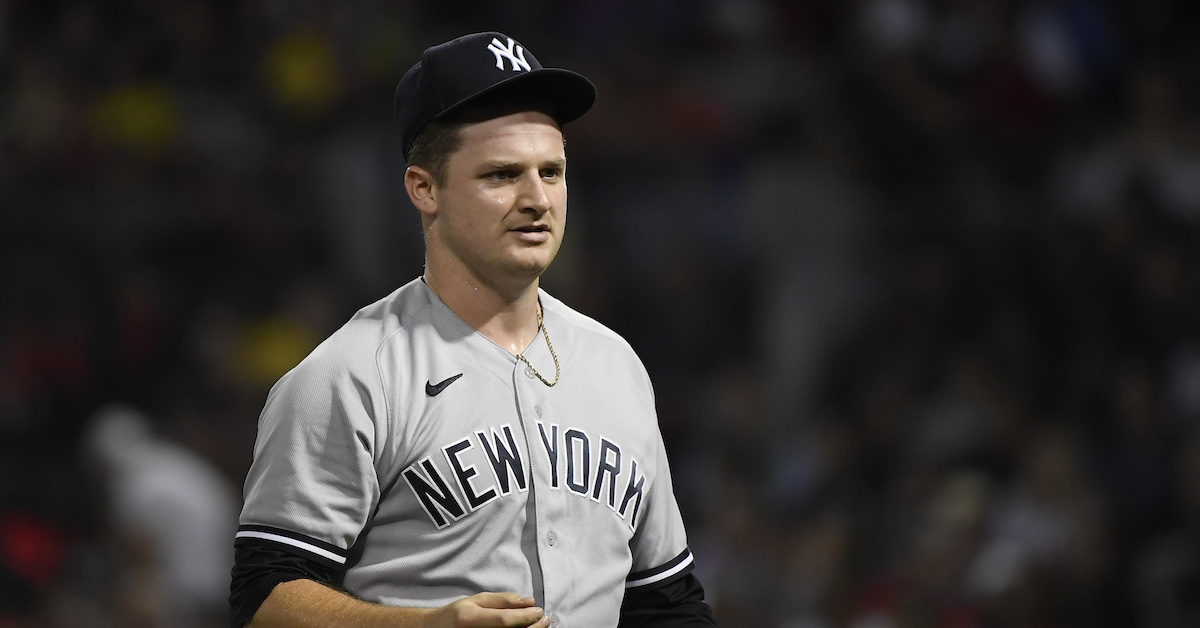“Ultimate” Walk-Off Aside, Giancarlo Stanton Hasn’t Slammed the Door on Slump

On Tuesday night, Aaron Judge did nothing less than tie Babe Ruth’s long-insurmountable total of 60 home runs, but Giancarlo Stanton hit a homer that nearly upstaged him. Just minutes after Judge’s ninth-inning blast off the Pirates’ Wil Crowe trimmed Pittsburgh’s lead to 8-5, Stanton hit a walk-off grand slam. The shot offered some hope that he’s emerging from a prolonged slump, but until he sustains something close to his normal level of production, there’s plenty of reason for concern.
After Judge’s homer off Crowe, Anthony Rizzo doubled, Gleyber Torres walked, and Josh Donaldson singled to load the bases, still with nobody out. Crowe ran the count to 2-2 and then went down and in on a changeup. Stanton turned on it and hit a laser to left field:
First off, the home run was extreme. At 118 mph off the bat, it tied Shohei Ohtani’s June 25 homer off Logan Gilbert for the second-fastest of the year; Stanton also hit the fastest, a 119.8-mph blast off the Cubs’ Matt Swarmer. The home run’s 16-degree launch angle was just one degree off Stanton’s lowest homer of the season on April 8 off Nathan Eovaldi, though Xander Bogaerts had a 14-degree clothesline on August 31, and both Vladimir Guerrero Jr. and Kevin Kiermaier had 15-degree ropes this year as well. Read the rest of this entry »








